Thu Dau Mot market (Binh Duong province) is located on a relatively flat area, close to the Saigon River and the roads surrounding the market; the North borders Nguyen Thai Hoc street, the South borders Bach Dang street, the West borders Doan Tran Nghiep street, the East borders Tran Hung Dao street.
Thu Dau Mot Market is a center with a convenient location for exchange and trade.
Phu Cuong – the original name of Thu Dau Mot market
Thu Dau Mot Market, at its origin, was called Phu Cuong Market. According to local history, Phu Cuong land until the early 17th century was still a wasteland, the landscape here was dense forests.
Among them, the prominent image is the ancient tree forests - ancient oil trees in the current Chanh Nghia area, especially the riverside area at that time was just swamps, flooded gradually formed by the alluvium of the Saigon River.
To the south of Phu Cuong market, tiled roofs are submerged in green foliage. The small canal is covered with sailboats, the market is located at the first bend of the canal.
When Nguyen Huu Kinh entered Gia Dinh in 1698, the population of today's Phu Cuong area was somewhat later than in Lai Thieu and Thi Tinh, but it was more concentrated and faster due to its location as the headquarters of Binh Dien commune, Binh An district, Bien Hoa province at that time.
The place name Phu Cuong appeared around 1838 (King Minh Mang XVIII's reign) along with the change of many commune and village names of Binh An district.
Therefore, the name of the ancient market called Phu Cuong market could also have been conceived during this period. Phu Cuong ancient market, in history, was formed later than some markets in Binh An district such as Tan Hoa market, Thi Tinh market, Binh Nham Thuong market.
The “Thi Diem” (Market) section of the Dai Nam Nhat Thong Chi book - a geography book compiled between 1864 and 1875, mentioned the name of Phu Cuong market: “Phu Cuong market in Phu Cuong village, Binh An district, commonly known as Thu Dau Miet (or Dau Mot) market, is located next to the district headquarters, bustling with people and boats.”
In 1889, in Binh An district, Thu Dau Mot province was established, Phu Cuong market became Thu Dau Mot provincial market.
Since then, the name Thu market or Thu Dau Mot has been mentioned many times among the people and in poetry, books and newspapers.
"Every afternoon I borrow Mr. Do's horse
Borrow three soldiers to take my aunt home
Take to Thu market to sell jars and bags,
Selling tea sets, selling pepper mortars and pestles…”
Before the French invaded Thu Dau Mot military post in 1861, Phu Cuong ancient market was a bustling trading place, with many vehicles and boats gathering to exchange and trade goods.

Thu Dau Mot fish market ferry terminal (Binh Duong land) in 1950.
Thu Dau Mot Market - French-style architecture with heavy European motifs
After the French occupied the six provinces of Cochinchina, including Bien Hoa province (Binh An district of Bien Hoa province), the French restored and completely transformed Phu Cuong market with a stone-paved gate and a high road inside.
According to the "Binh Duong local history" written in 1888, the French authorities filled in the Phu Cuong canal connecting to the Saigon River and completed this work in 1890.
By 1935, the French realized that investing in the market was very profitable, so they restored and completely transformed Phu Cuong market, simulating the style of old markets in France with a structure similar to Nam Vang market (Cambodia) and Ben Thanh market (Saigon).
The special thing about the above model is that they still respect and maintain the old location. In 1938, Thu market was inaugurated with a new model, liberal and elegant architecture, at that time and had an advantage over many other places.
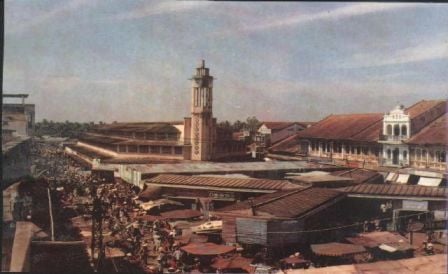
Thu Dau Mot Market (Binh Duong province) before 1975.
The market is divided into seven large and small areas and is built in a rectangular shape consisting of three separate houses.
From Tran Hung Dao street, we come across a long house with one floor and one ground floor, also known as (Commercial Area), built and arranged into small sections that people often call "market stalls" to display and sell goods.
Behind the Commercial Center is the horizontal house (food court), built between the Commercial Center and the Clock area, arranged into three main rooms to serve food and drink. Behind is the long house - the market row house (or Clock Market area) which is also built and arranged into small subdivisions, including right at the foot of the Clock Tower market.
The market house was the first one built by the French colonialists in 1935, with an architectural style shaped like a ship and the top of the tower is a clock with a heavy European motif, designed by French architect Mr. Bonnemain and inaugurated in 1938.
The house is built in the style of a long house, with an area of 2,590m2 , with two roofs divided into two floors, the height from the ground to the top is 10.3m. The house has a very important meaning in the formation and development of Thu market.
The Market Clock Tower is built in a hexagonal shape attached to the market house, 23.72m high, with four floors. The ground floor from the floor to the ceiling is 6.5m high, made of concrete, reinforced with steel, with iron stairs up and down and attached to the inside of the tower.
In addition to the stone paving and mosaic tiles on the East and West sides of the tower, from the second floor up, the tower is built with an elevated road inside, forming eight pillars on the hexagonal sides.
The tower is built in a three-level style, narrowing as it goes up. Up to the third floor, the tower is poured with concrete slabs and built about one meter high to serve as the base for the clock face, which is also the place to mount the clock. The base of the clock face is made of white, the blue numbers and the clock hands are painted black.
Four concrete slabs are poured on top of the clock to protect it from sun and rain. Four clocks are mounted on top of the tower.
It is from the clocks arranged in East - West - South - North, that a unique mark has been created, forming a familiar, deep affection of Binh Duong people.
The image of the Clock Market Tower is the heartbeat and a symbol that has gone through many ups and downs in the history of formation and development of this land.
Thu Dau Mot Market has always maintained its position as a typical commercial center of Binh Duong province, and is also a witness to many important historical events in the struggle for national liberation.
That is why Binh Duong market is not only a place for buying and selling but also a cultural symbol associated with the development history of Binh Duong and the South.
Source: https://danviet.vn/cho-co-cho-thu-dau-mot-dat-binh-duong-xua-la-rung-ram-vo-so-cay-co-thu-khong-lo-ven-song-sai-gon-20240723180701999.htm



![[Photo] Prime Minister Pham Minh Chinh chairs conference on anti-smuggling, trade fraud, and counterfeit goods](https://vphoto.vietnam.vn/thumb/1200x675/vietnam/resource/IMAGE/2025/5/14/6cd67667e99e4248b7d4f587fd21e37c)




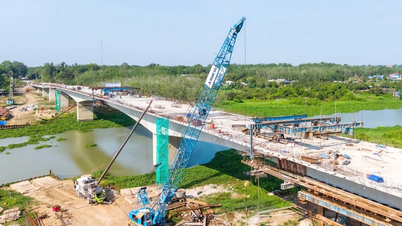

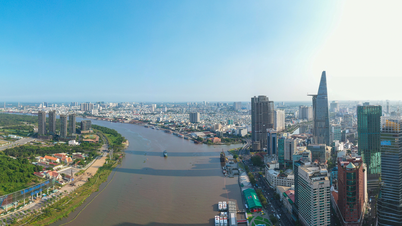



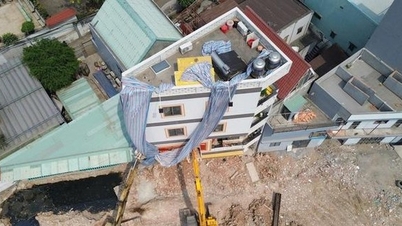




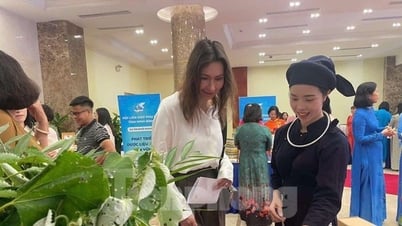
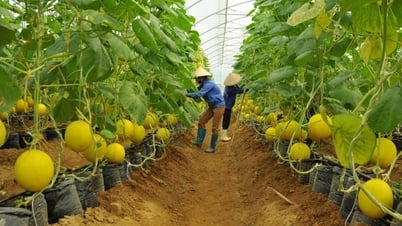

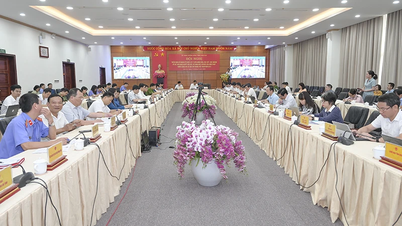

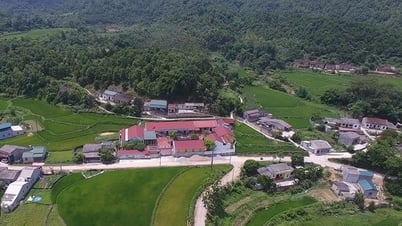






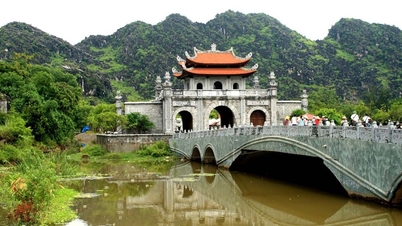



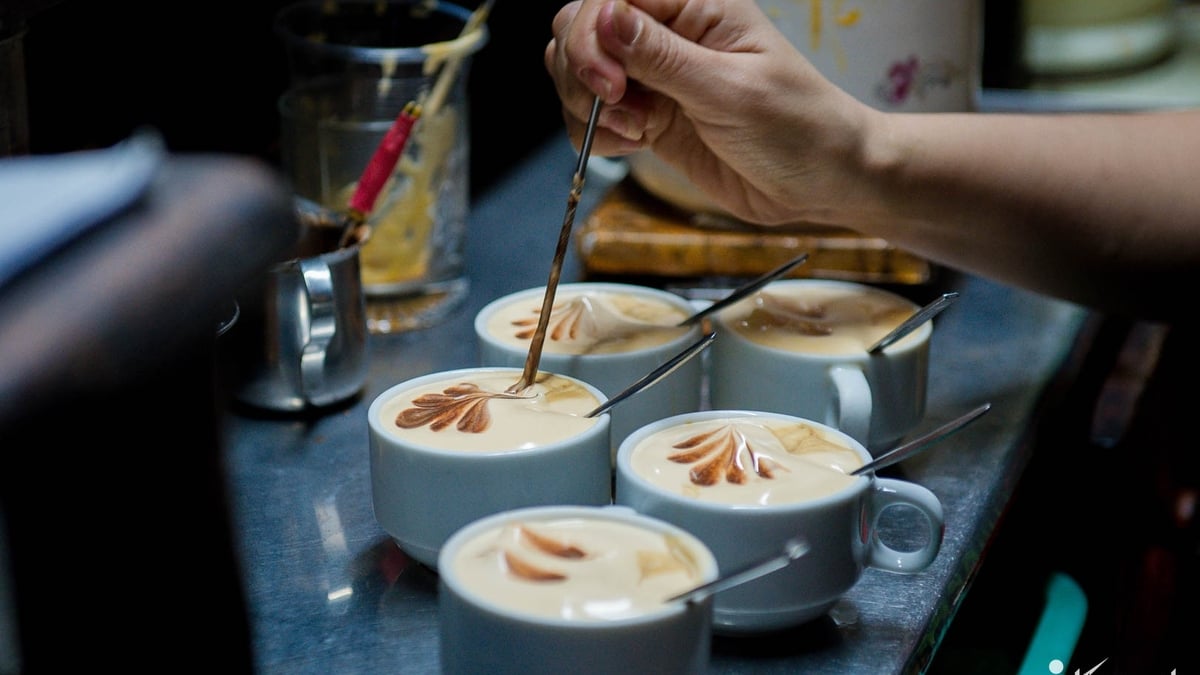






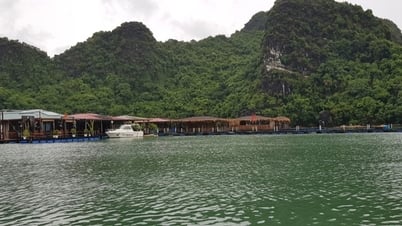








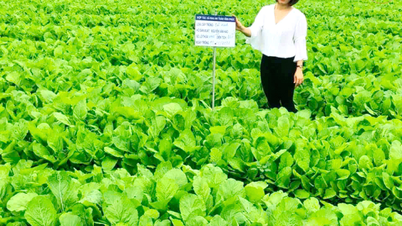

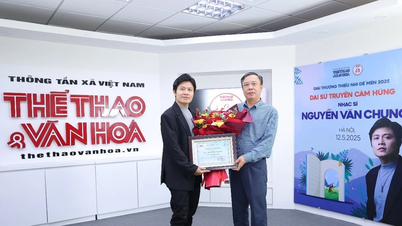























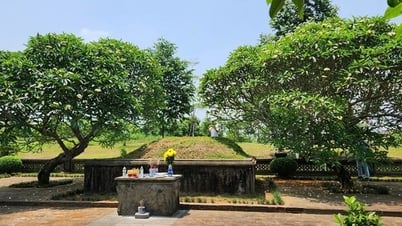


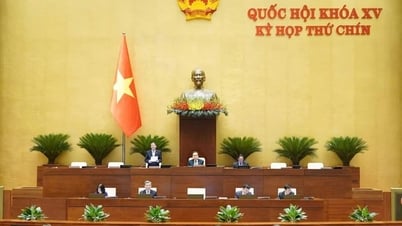

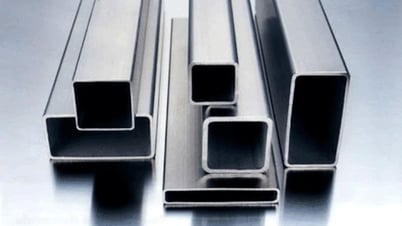








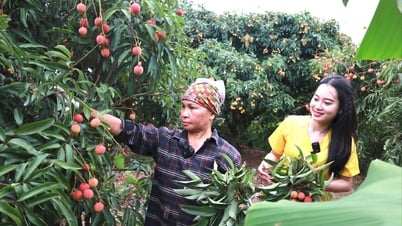









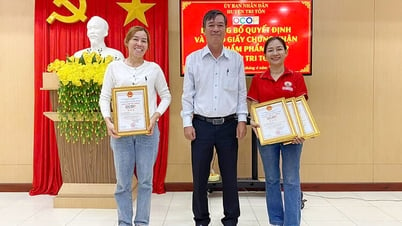



Comment (0)